Media | Articles
Nostalgic toy-car lovers well served by Indiana’s Round 2 reboot
In an anonymous industrial complex just west of South Bend, Indiana, there’s a building that would rival Santa’s workshop, though you may not be able to tell from the outside.
The only way to distinguish the building from every other warehouse on the block is a sign over the front entrance featuring a reclining kangaroo in boxing gloves. This is the logo for Round 2, a company founded, sold, restarted, and renamed by longtime toy man Tom Lowe.
The firm produces an array of collectible toys for all ages. Between its lines of model kits, die-cast vehicles, slot cars, and model railroading the 40-person team at Round 2 produces over 1000 individual products. They occupy the shelves and pegs of nearly every hobby shop as well as national department store chains like Walmart, Target, Hobby Lobby, and Meijer. More importantly, they’re keeping vintage brands like Johnny Lightning, Lindberg, and AMT on store shelves long after the original companies shut their doors.
To understand how an empire of plastic and steel miniatures was built in the shadow of Chicago, you must go back to the early 1990s. Lowe, who had already self-funded and started his first company, Safe Care Products (known for its Velcro football called WhataCatch), noticed that toys from his childhood were fetching big bucks in used toy catalogs. Citing the demand, he researched the trademark behind one of his beloved childhood brands, Johnny Lightning.
In 1969, Topper Toys started producing miniature die-cast under the brand Johnny Lightning a year after Mattel debuted its first line of Hot Wheels. The underdog brand became a household name amongst car crazy youngsters, no doubt amplified by its sponsorship of Al Unser Sr. and his Indy-500-winning exploits in 1970 and again in ’71. Despite the success, Topper halted production later that year and filed for bankruptcy in 1973.
Marketplace
Buy and sell classics with confidence

Twenty years later, Lowe purchased the Johnny Lightning brand name for the rights to the die-cast line. He then ditched Safe Care and selected a more jovial moniker for his burgeoning toy company: Playing Mantis.
Throughout the 1990s, Playing Mantis sold exact replicas of the toy cars Topper cast nearly three decades earlier alongside a line of new Johnny Lightnings—which included drag racers, mid-century customs, and movie cars. He also purchased the rights to more shuttered brands. For example, Aurora, a plastics company known for making model cars in the 1960s, was purchased and rebranded by Playing Mantis as Polar Lights. Lowe was bringing the classics back to adults, now in their 30s, who remembered playing with these toys on their living room floor in the 1960s and 70s. The company flourished.
By 2004, he decided to get out of the game and sold the Johnny Lightning rights to RC2, another toy company. RC2 was purchased by Japanese toy manufacturer TOMY in 2011, and by 2013, Lowe’s beloved Johnny Lightnings had ceased production.
No matter. In the background, he had been working to develop a larger scale die-cast and other toys under his new company Round 2 (cue the reclining kangaroo). Lowe swooped in to save Johnny Lightning again and re-acquired the rights in 2015.
One of the constants throughout the selling, buying, and reorganizing has been Tony Karamitsos. Fresh out of college, the South Bend-native interviewed for Lowe and Playing Mantis in its early days. “One of my buddies told me about Playing Mantis,” says Karamitsos. “I was blown away that Johnny Lightning was in Indiana.” Since then, he graduated from design to brand manager, and when Lowe re-acquired Johnny Lightning, Karamitsos was already on the Round 2 team. Now, in 2023, the company has three die-cast brands, five model kit brands, and their own brand of slot cars. “To see all this grow and expand…it’s crazy,” he says.
The sprawling set of office rooms joined to a large warehouse are indeed expansive. Chad Reid, Round 2’s marketing manager, greets us in the entrance. Unlike Lowe and Karamitsos, Reid wasn’t alive during the 1960s and ’70s. The history isn’t lost on the fresh-faced youngster, though, and he guides us through the campus with an encyclopedic knowledge of the die-cast, models, automobilia, and posters that line Round 2’s walls and conference rooms.
First stop, the design room—the heart of the company. Every designer who works for Round 2 has a desk in the room. The entire floor is a dense network of cubicles, with various employees developing new model kits, slot cars, and of course, Johnny Lightning die-cast. Model kits line the interior shelves, nestled like bricks on the wall. These are reference kits purchased from eBay and ranging from new releases to the early days when models were as plentiful as Netflix titles. Michigan model companies MPC and AMT are well-represented.
“We might even do a silent box because it turned out so well”—a voice is overheard from a nearby desk. Chuck Zitta examines the proposed box art for a Datsun 280ZX. The art was freshly painted by Brad Leisure and the work turned out so well that Zitta is considering leaving all text off the box to let the art speak for itself. Many of the style and techniques like hand-painted box art that were used by the brands back in the day are faithfully upheld by the Round 2 crew present day. Thanks to this attention to detail, many of their offerings looks like they could have occupied the shelves of Kresge’s.
Next to Zitta’s desk, designer Jamie Hood is hard at work on a 1/25-scale model of Black Beauty, the menacing Chrysler Imperial from The Green Hornet.
Hood, the sci-fi expert according to his co-workers, graduated from art school with a major in illustration and began designing exterior graphics for RVs. (In fact, he may be the first designer to adorn a camper with a mountain vista.) Eventually, he found Round 2, where he designs kits and illustrates box art, and deals with licensing.
Much of the job requires a certain tap dance around licensing, naming rights, and usage conditions. “Every situation is different. When it comes to Star Wars, for example,” he motions toward the box depicting a giant spaceship, “I had to fight to put figures in. And even then, you’re limited to the scale that you can produce.”
Not to mention the frenetic fandom surrounding much of Hood’s largest projects. “It becomes complicated when you create something and your references are a filming miniature that they used for special effects and a full-size set with actors. Sometime the dimensions are physically impossible,” says Hood. “Or, in the case of Star Wars, creators built several Millennium Falcons through the various movies. Which one do you follow?”
We circle the cubes and find brand manager Karamitsos reviewing a batch of “test shots.” These are early examples of what the produced vehicle—whether model kit, die-cast, or slot car—will look like. He picks up a 1:64-scale Pontiac GTO: “See how this roof is flat? That’s not right.” He picks up a more recent test shot of the same GTO. It looks nearly identical to the first except the roof more closely matches to the original roof line of the Poncho. (Karamitsos has been wrenching on cars for years and even drag races his blue 1969 Camaro, so he knows a thing or two about accuracy.)
Including the initial digital 3-D models, the review process could go several rounds until team members are confident in the final piece. Then, the finalized test shot is approved for tooling overseas. This process is one of the most expensive steps, so it requires the staff at Round 2 to critically think about how they can get the most bang for their buck.
Reid shares a project that he’s been developing: a first-generation Chrysler minivan. “You go, ‘Okay, it kept the same body from ’84 to ’90. We can make a Dodge Caravan and Plymouth Voyager if we do four different front die-cast grilles,” says Reid. “It’s all about getting the most out of the tool.”
Adjacent to the maze of cubicles, boxes of reference materials are stacked in the corner of the design room. Vintage toys, paint swatches, magazines—anything to spark an idea is at the ready for the designers. Reid picks up an old set of AMC paint swatches and sets it back down on the pile. Beyond the ideation materials, there’s well-lit desk covered in white seamless paper used to create studio shots of the finalized products.
We take a quick tour of the other rooms, which prominently feature stacks of new and old merchandise. We blitz past a small studio setup where Reid records monthly newsletter videos unveiling new products and teasing future releases. Many of the toys may be retro in nature, but that doesn’t stop Round 2 from leveraging its social reach to build awareness around its brands.
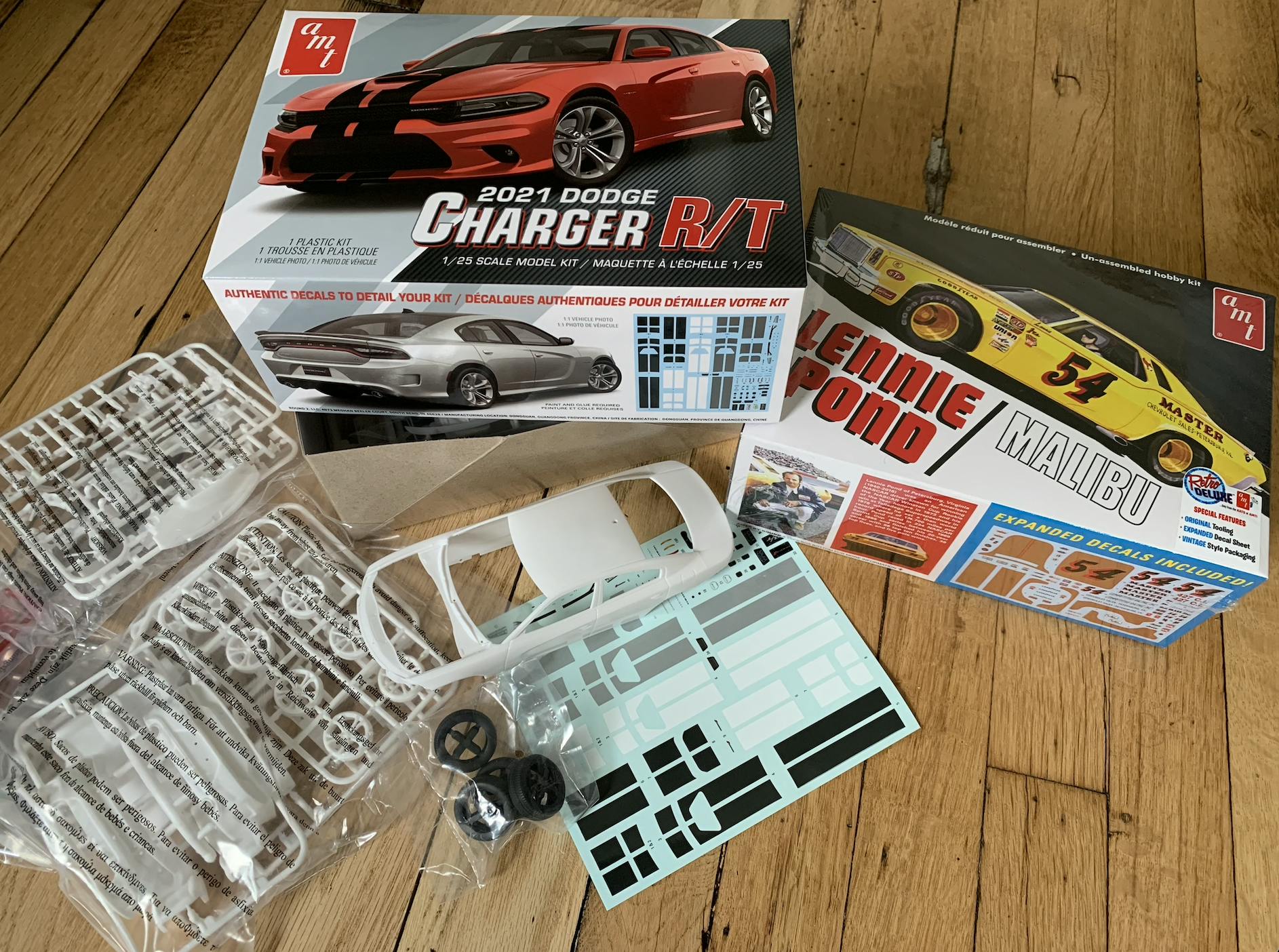
The other half of the company’s South Bend campus is a warehouse that serves as their digital hobby shop. “We wanted a place where people can get anything Round 2” says Reid, “So we have the Auto World store. We have inventory of all of our products here. We also provide customer service as well as parts replacement for flashing or tooling issues.”
Customer service for a toy company? As if on cue, an employee to the left of us is fitting together a plastic Chevelle model. He brings in a colleague to analyze the fit of two parts using the instructions and then hops back on the phone with the customer to share their solution. Now, that’s service.
The warehouse is filled floor-to-ceiling with inventory. Back behind the boxes are old tooling blocks. Most of these steel cubes, which contain channels for injecting raw material into, are overseas where much of the company’s casting and tooling are done. A few are still over here. “They’re much heavier than you think,” says Reid.
We are about to leave when he motions for us to follow him to the back of the warehouse. There, parked cheek-to-cheek is a portion of Lowe’s car collection, which includes a widebody Dodge Hellcat, a 1976 Chevrolet Camaro, and a Plymouth Superbird. It makes sense that the man responsible for filling shelves with die-cast, model kits, and slot cars for three decades would have a few full-size toys of his own.
***
Check out the Hagerty Media homepage so you don’t miss a single story, or better yet, bookmark it. To get our best stories delivered right to your inbox, subscribe to our newsletters.
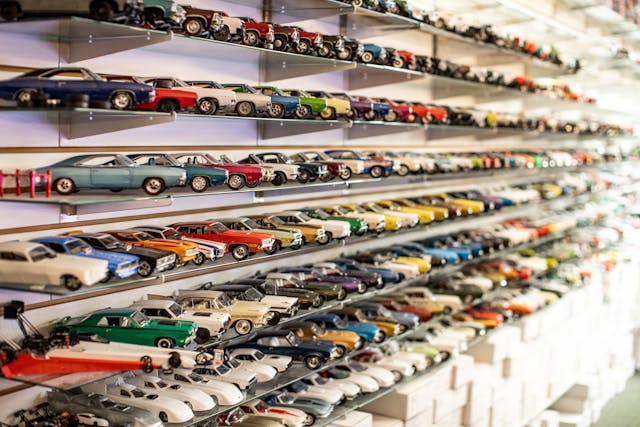
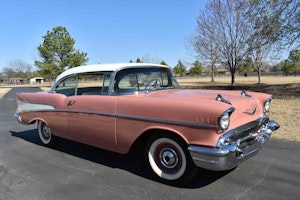

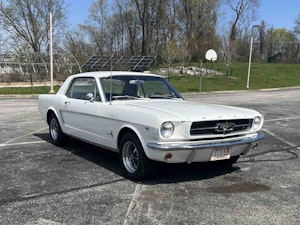
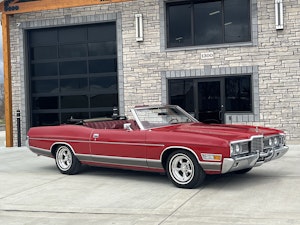

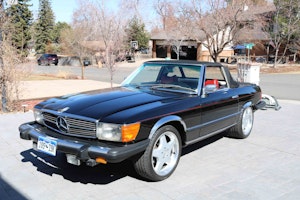

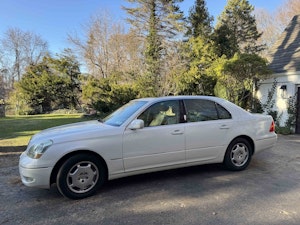
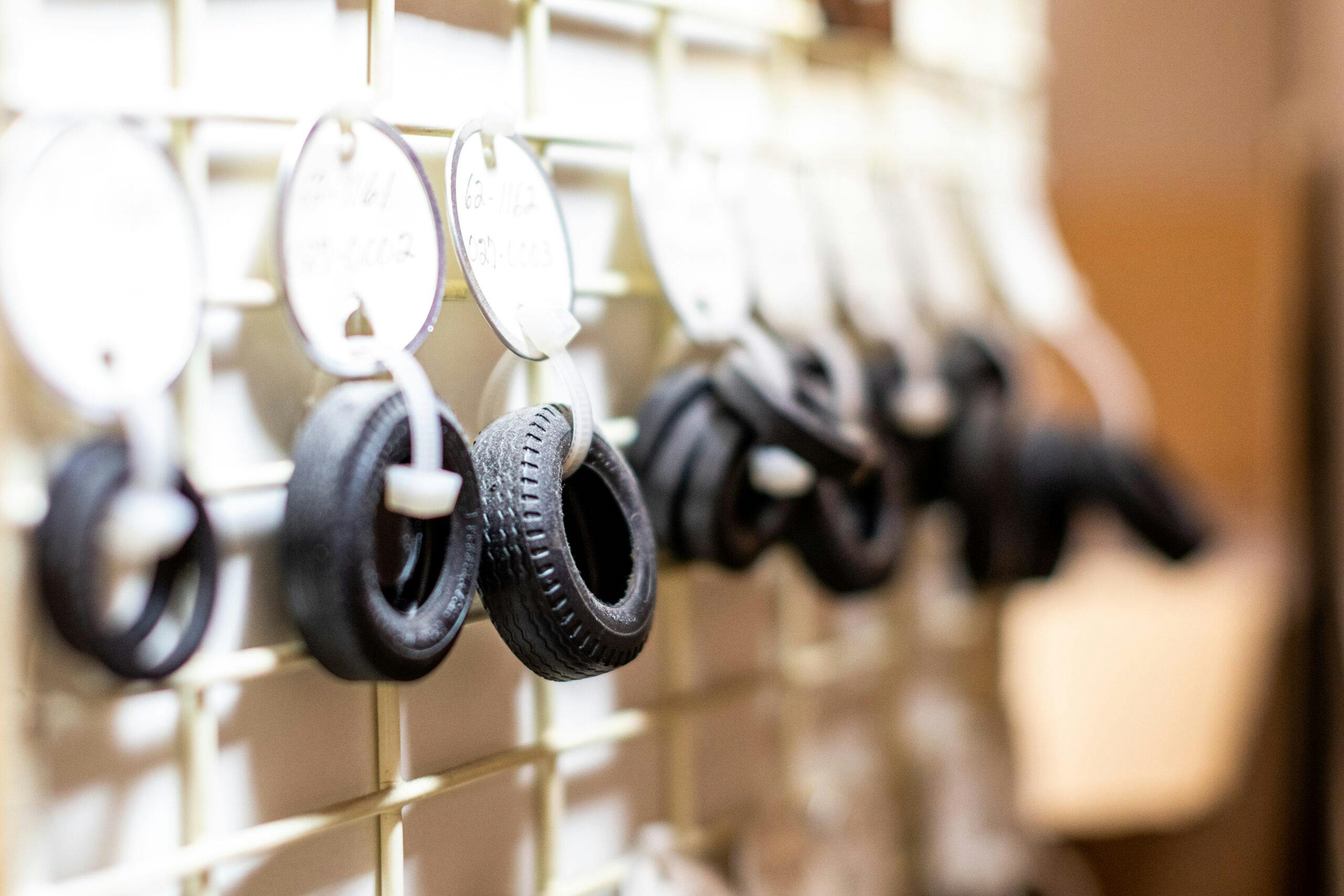


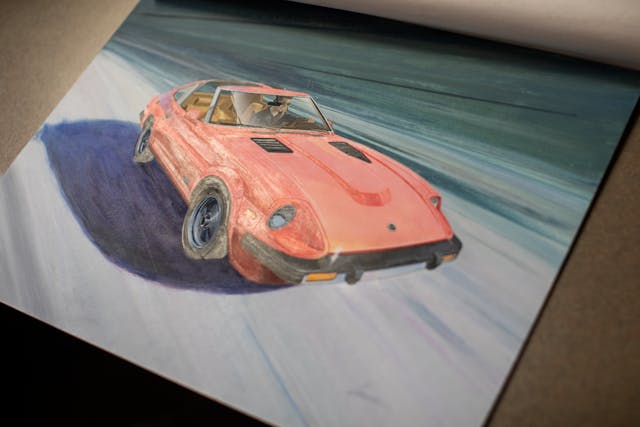
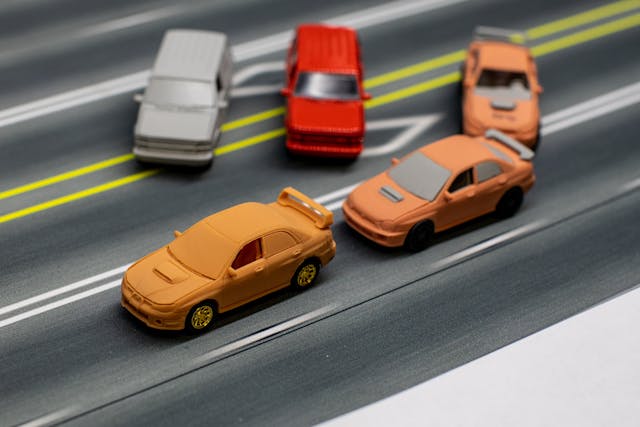
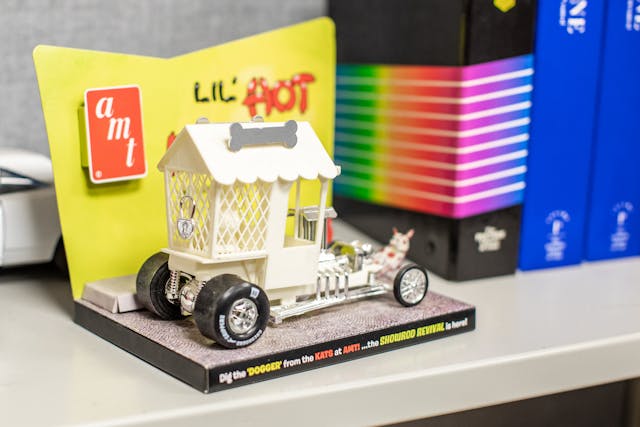
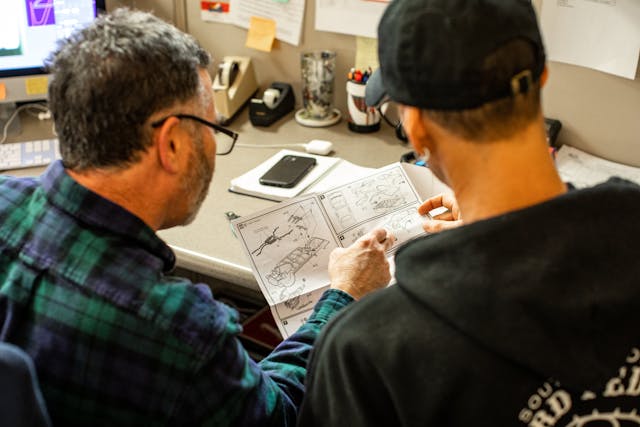
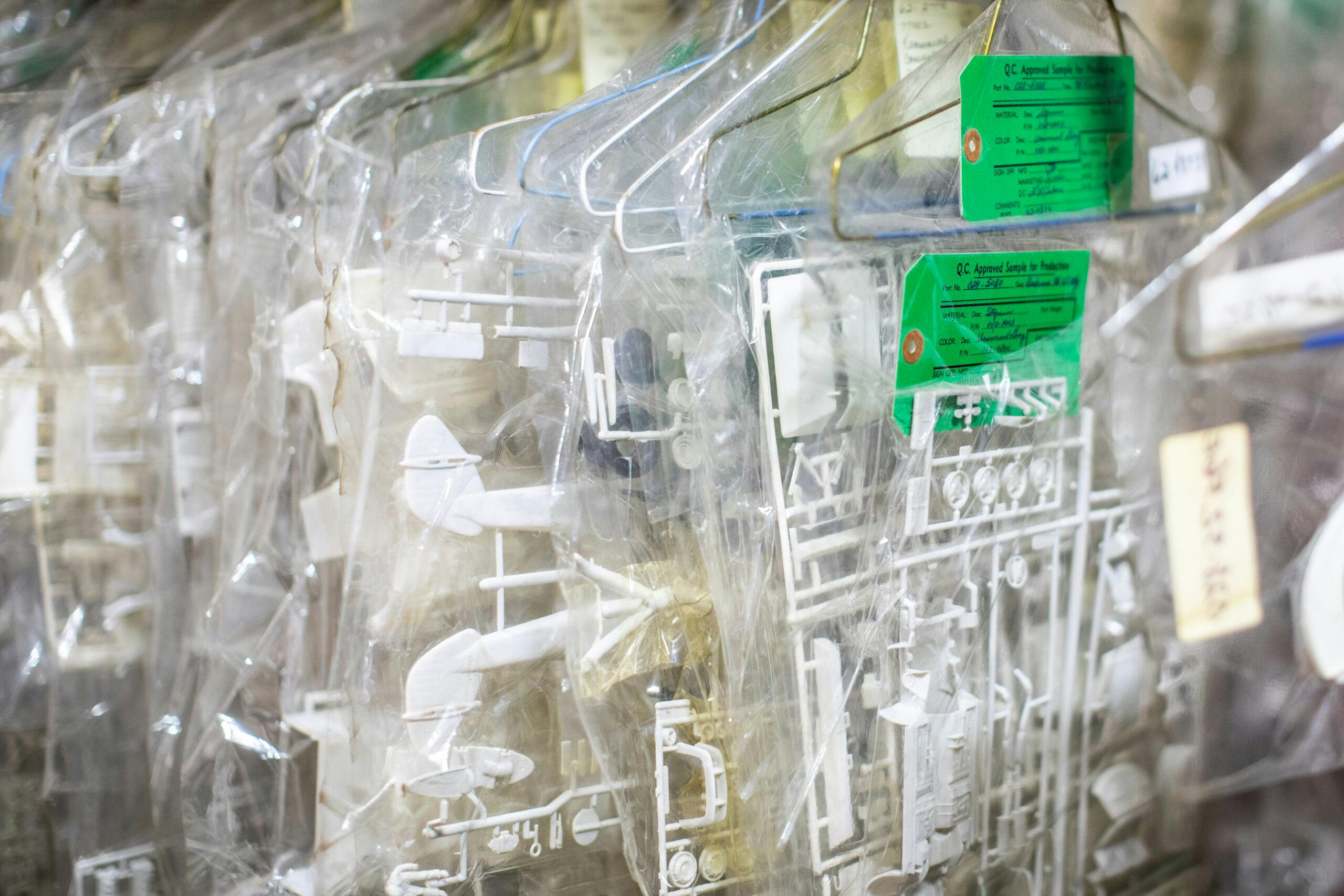
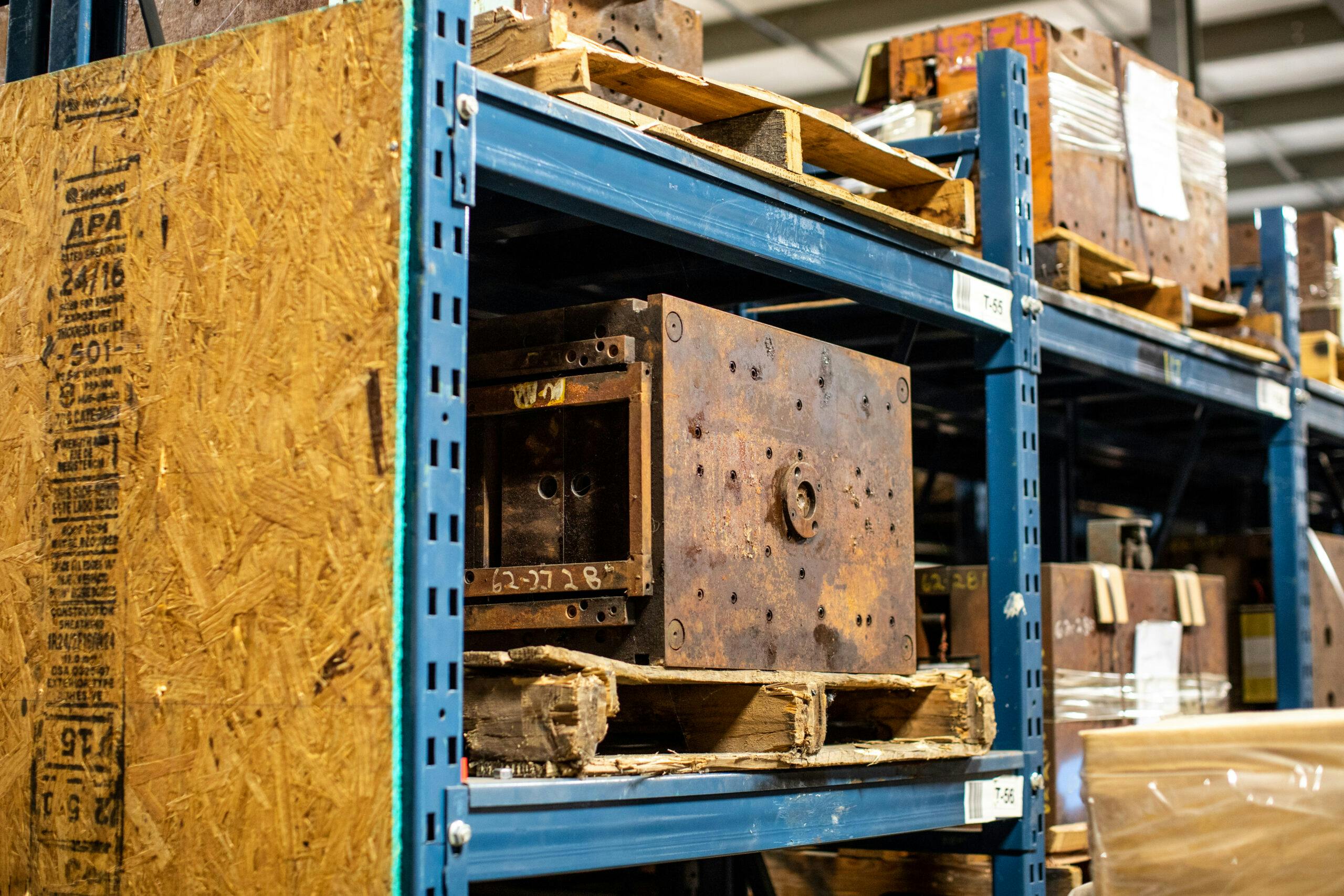














I have a Tootsietoy diecast 1953 Corvette in as found condition with some mud still inside from the kid who at one time played with it.
Interesting how many commenters are posting questions as if they’re writing to the sales office of Round 2.
MPC made 1/25th scale kits of the Trans Am – not 1/24th. The only promo 1965 Impala model was the Impala SS as a 2-door hardtop and convertible.
Back between 2008-2013 or so Johnny Lightning was making demolition derby cars based on real driver’s cars. They made a version of one of my cars which was released in 2011, just at the time when they were making the switch from RC2 to TOMY. The did a second release of my car in 2012.
Thanks for the awesome article. I wish I could have personally met you when you paid a visit. Tom Lowe
I get all the 65 classics